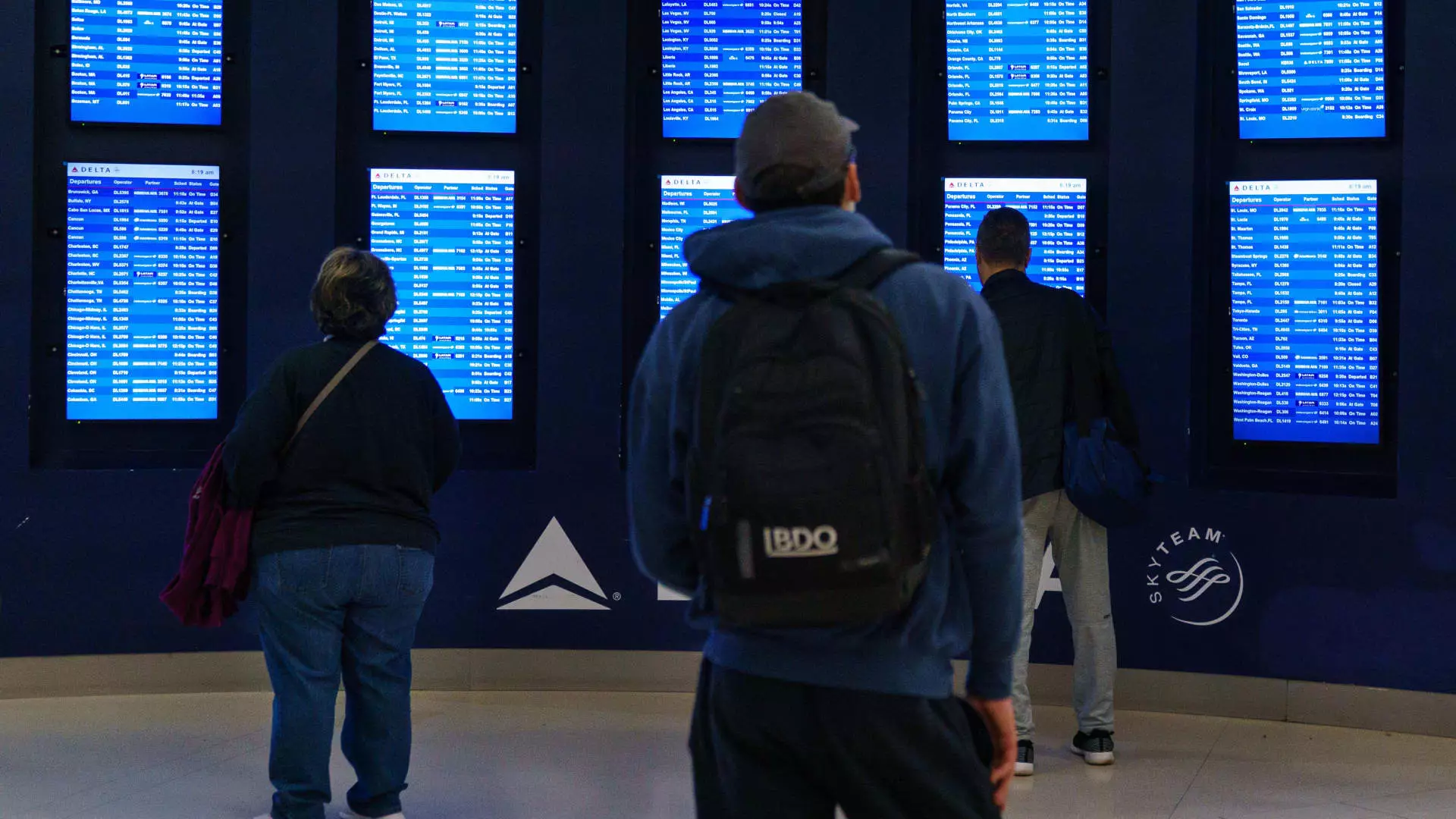The aviation industry is witnessing a remarkable resurgence in travel demand as 2024 unfolds, marked primarily by an uptick in international journeys. According to the International Air Transport Association (IATA), from January to October 2024, revenue-passenger miles—a key indicator of demand—increased by nearly 11% compared to the previous year. This trend highlights a renewed enthusiasm among travelers eager to explore the globe post-pandemic, leading to projections that 2025 will see approximately 40 million aircraft departures, an increase of 4.6% from 2024.
In response to this blossoming demand, airlines are scrambling to expand their flight offerings and enhance their service capabilities. Particularly lucrative are long-haul flights, which present opportunities for premium seating options that significantly boost revenue. Airlines are keenly aware that accommodating this surge necessitates strategic planning and operational efficiency. Despite these optimistic developments, several carriers continue to grapple with challenges including a shortage of new aircraft and persistent financial concerns—issues that could ripple through their operations if not addressed.
Operational Improvements Amid Challenges
Unlike the turbulence experienced during earlier pandemic recovery phases characterized by staffing shortages, passengers in 2024 have witnessed fewer disruptions. Many airlines have made strides in improving punctuality, an essential component of customer satisfaction. Data released by Cirium paints a promising picture of on-time performance across airlines worldwide, with Delta Air Lines securing the top position for U.S. and Canadian carriers. Despite the setbacks the airline faced following a significant operational outage in July that led to thousands of flight cancellations, Delta’s commitment to enhancing operational reliability appears to resonate with travelers.
Cirium’s latest rankings offer valuable insights into the on-time performance of airlines, gauging punctuality as arrivals within 15 minutes of the scheduled time. Leading the global charge are Aeromexico and Saudia Airlines, with on-time rates of 86.7% and 86.35%, respectively, followed closely by Delta Air Lines at 83.46%. The growing emphasis on punctuality reflects a broader industry trend, as airlines recognize the critical importance of reliability in regaining passenger confidence. This emphasis is evident in the rankings, where traditional and low-cost carriers alike strive to meet the evolving expectations of travelers.
Looking Forward to 2025
As we turn our gaze towards 2025, the aviation industry remains positioned for growth despite the potential challenges. Airlines’ proactive measures to expand capacity and enhance service quality signal a robust response to ongoing travel trends. However, the industry must navigate a complex landscape, balancing between growing demand and operational challenges like fleet shortages and financial strains. The path forward will require innovation, adaptability, and a steadfast focus on improving the travel experience if airlines are to sustain this upward momentum. As the global travel landscape continues to transform, stakeholders must remain vigilant and responsive to the evolving dynamics of air travel in the coming years.

